Shop our historical maps
Culture
All Saints' Day and the Weekend of the Dead

Nov
The Saturday between 31 October and 6 November is called All Saints' Day and is the first day of the All Saints' Weekend. Many Swedes visit cemeteries to light candles and commemorate the dead.
Rituals linked to death were performed at this time of year already in pre-Christian times, when older cultures related the death of nature in autumn to the honouring of the memory of the dead. When Sweden became Christian, All Saints' Day was introduced as an ecclesiastical custom. It is mentioned earliest in the Vallentuna Calendar of 1198, where it is counted among the second class of holidays. However, the tradition goes back to the 7th century, when Pope Gregory III chose to make 1 November the day of gathering for all the saints and martyrs who could not be given their own day in the calendar.
Although saint worship is not part of the practice of the Protestant Church, All Saints' Day survived the Reformation and has thus been an unbroken part of the Swedish church year to this day. Over time, the tradition evolved into a universal day of remembrance for the dead. In 1953, the reform of holy days moved All Saints' Day from 1 November to a nearby Saturday.
The practice of lighting candles on graves only became common in the post-war period. The origins of this custom are different: perhaps the tradition was brought to Sweden by Italian workers at the Gustavsberg porcelain factory, perhaps it was inspired by the war graves in Normandy. Now the lighting of the candles is the most central ritual of the weekend and thousands of flames burn in our cemeteries on this particular night of the year.
In peasant society, All Saints' Day was seen as the first day of winter and was used to predict winter weather: if the sun shone for less time than it took to saddle a horse, the winter would be very snowy.
Print sources:
Modéus, Martin (2000), Tradition and life, Verbum
Unprinted sources:
https://hogtider.wordpress.com/2013/10/13/nar-alla-helgons-dag/
https://www.nordiskamuseet.se/aretsdagar/alla-helgons-dag
https://www.svenskakyrkan.se/allhelgona
Originally published on Cultural memory.
Subscribe to YouTube:
If you appreciate Allmogens independent work to portray our fine Swedish history and Nordic culture, you are welcome to buy something nice in the shop or support us with a voluntary donation. Thank you in advance!
Support Allmogens via Swish: 123 258 97 29
Support Allmogens by becoming a member
Support Allmogens in your will
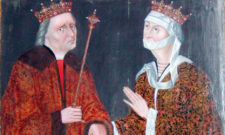
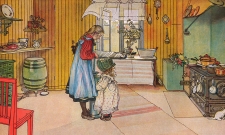
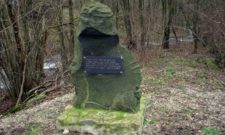
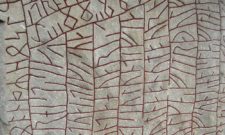
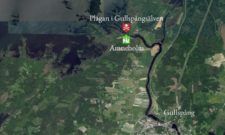
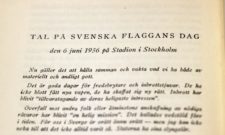
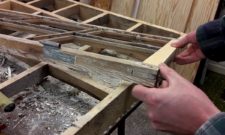

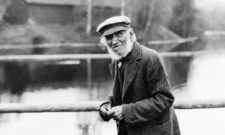
It has never been a question of "saint worship" in the Catholic Church, but of reverence for the saints. Only God is the object of worship. It is important to be careful with the words so as not to get it wrong.
You are of course absolutely right. Thanks for the point - I've added it as a comment to the original text on my blog.
The Allahelgona holiday and the tradition of remembering one's dead is preceded by the pagan Alva Plot, a blot that just revered our ancestors. It is the equivalent of Gaelic Samhain and Old English Halloween/Forefathers' Eve.
Thank you, Johan Hesselbäck! I have added your comment to the original text as a supplement.
About the caption. The cemetery is called Skogskyrkogården. It is located in Enskede, which is in Södermanland, but the name of the cemetery is Skogskyrkogården.
No, Skogskyrkogården is in Stockholm and certainly not Södermanland.
Hi Lovisa and thanks for your comment! Södermanland is one of Sweden's counties that contains within its borders a part of Stockholm, including Skogskyrkogården.